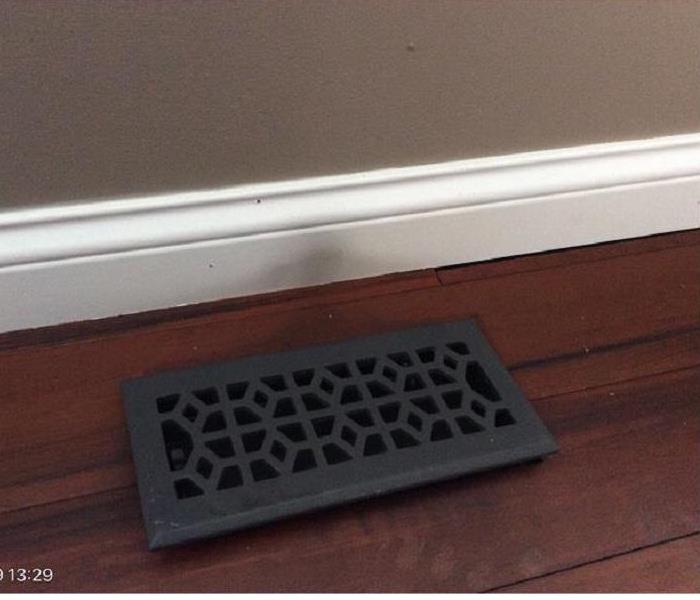Smoke Odor After a Fire
9/29/2020 (Permalink)
Removing smoke odor after a fire is a difficult task. To achieve complete smoke smell removal, the remediation process must include specialized equipment and techniques that only a professional restoration company can provide. Thus, we do not advise homeowners to tackle this task themselves. Check out the steps involved in smoke damage restoration below.
The types of smoke odor
Smoke results from incomplete combustion and consists of persistent particles (soot), oils, and gases. The pungent smoke odor comes from volatile molecules that materials release when burning.
Smoke odor can result from burning protein (meat), natural materials (wood, cotton, etc.), synthetic materials (e.g., plastic, nylon) and more. With so many substances that can burn, the restoration process requires technical knowledge and complex procedures.
How to remove smoke smell from properties
Removing the source of the problem
The first and most important step in smoke odor removal is to remove the source of the odor(s). This involves removing burnt items, such as cabinets, furniture, drywall, and non-salvageable contents. The items can be either discarded or restored, depending on their condition.
Cleaning the salvageable contents
Our trained technicians clean the salvageable items with appropriate products.
Cleaning the air ducts
Smoke, soot, and odors from a fire will penetrate the duct system and any dust or other particles inside of that system. Thus, cleaning the ducts early in the smoke smell removal process is essential to preventing the HVAC system from re-contaminating areas that have been cleaned.
Removing the smoke smell
The final stage is removing the lingering airborne odor. To accomplish this task, a variety of techniques that can be utilized, but they all share a common goal — complete smoke odor removal. Here are some examples of proven systems:
- AIR SCRUBBING. A technician will use a high-efficiency particulate arrestor (HEPA) air scrubber which can remove 99.97% of particulates from the air. Removing these airborne particulates removes additional source materials for odors.
- THERMAL FOGGING. Fogging uses a petroleum-based deodorizer emitted via a thermal fogging unit. It fills the affected area with a mist-like deodorizer. Fogging counteracts odorous molecules by using fragrance modification for permanent odor neutralization. Prior to fogging, technicians put out all flames. Everyone in the treatment area must wear respiratory protection equipment or leave the area.
- OZONE GENERATION. This is one of the most popular and familiar processes for removing airborne smoke odor molecules, including hard-to-neutralize protein smoke. Ozone is a powerful oxidizer that neutralizes odorous molecules by releasing additional oxygen into the air. Ozone, while an effective odor remover, is not an “air purifier.” Customers should not be present when an ozone generator is in operation. Personnel should enter the treatment area only briefly to turn the ozone generator on or off. Ozone works best in a controlled environment, such as an ozone chamber. In there, odorous contents can be subjected to 24 to 48 hours of ozone gas.
SERVPRO of Fenton/South Ballwin is available to answer all your questions if your home or business has been affected by a fire damage.




 24/7 Emergency Service
24/7 Emergency Service